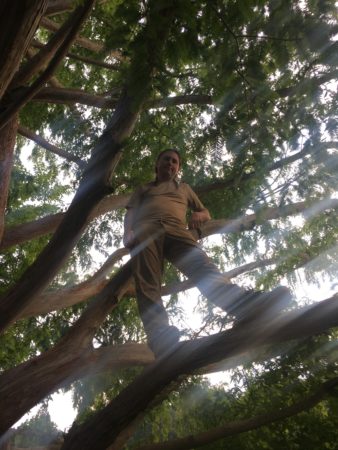After defending my dissertation in December and collecting my diploma in March, I have been watching my U of T benefits gets deactivated one by one. They cut off my dental insurance between when I defended and when I graduated. My campus wifi access was withdrawn several months ago. As of July, my T-card no longer provided access to Robarts or Gerstein libraries.
I feel it would be a shame to live in a city with a library system like U of T’s and be unable to access it. Luckily, as an alumnus I can get a borrower card for $70 per year. It comes with the very annoying restrictions of no campus wifi use, and no off-campus access to electronic databases — but it does provide access to all U of T libraries, allows you to withdraw fifty (50!) books, and allows access to services like research consultations. I now officially have permission to use U of T’s vast library resources to research anything of personal interest or importance. It’s also a great place to hide from summer heat if you don’t have AC at home.




